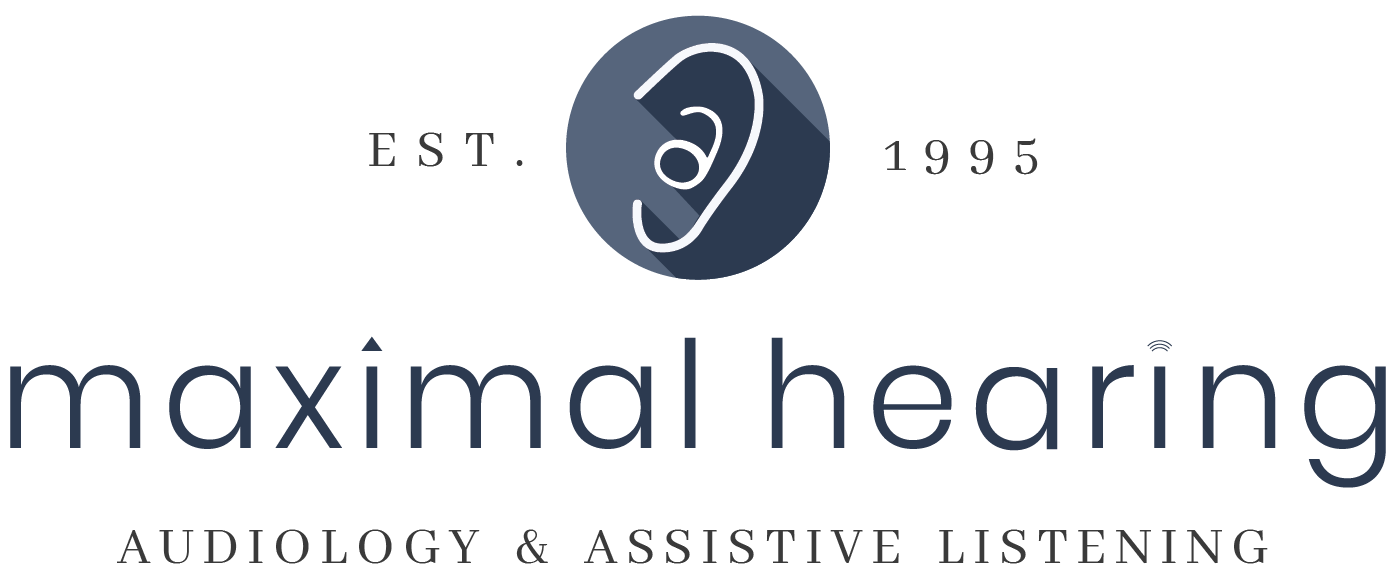Hearing Loss Guide
Before we dive into Hearing Loss, it’s best to understand who all it affects and why it’s important to address it at an early stage instead of waiting to treat it until further issues have surfaced.
1 in 6 Americans are hearing-impaired
Just 28.5% of those hearing-impaired Americans use hearing aids
More than 28 million Americans between the ages of 20 and 69 could benefit from wearing hearing aids.
Dangers of Untreated Hearing Loss
Multiple studies have been published over the years about the effects of hearing loss on the brain and the various other ailments it can cause. It’s incredibly crucial to protect your hearing as you age. In doing so, your also protecting your brain.
30-54% of hearing impaired patients experienced cognitive decline (Source Link)
Hearing loss is associated with an increased risk of Alzheimer’s disease (Source Link)
Adults with untreated hearing loss were more likely to report depression, anxiety, and paranoia (Source Link)
Hearing-impaired adults not using hearing aids are 3x more likely to fall (Source Link)
Two Main Types of Hearing Loss
There are a few types of hearing loss. But the types we often see in clinic are Conductive and Sensorineural.
Conductive Hearing Loss: Occurs when something interferes with the sound moving through the outer or middle ear – like an abnormal bone growth or a punctured ear drum.
Sensorineural: Occurs when damage to the inner ear has happened and sound cannot be accurately sent to the brain.
90% of hearing loss patients have sensorineural hearing loss. And, it can happen because of a multitude of things – such as aging, exposure to loud noise, injury, disease or an inherited condition.
But, the good news is sensorineural hearing loss can often times be treated with hearing aids!
Watch this animated video below to better understand how sound travels through the ears.
